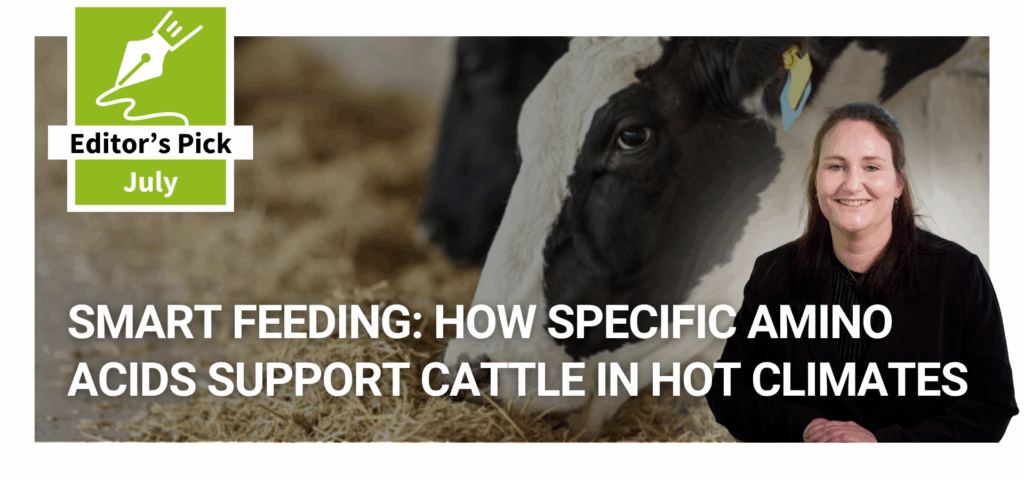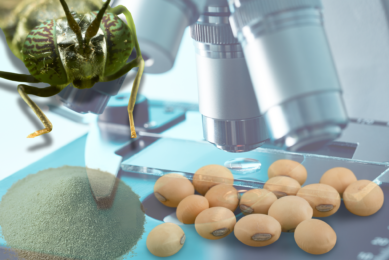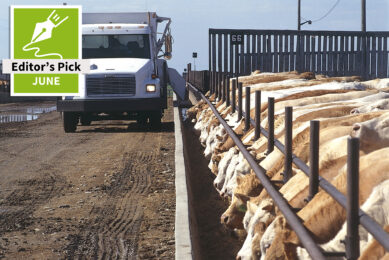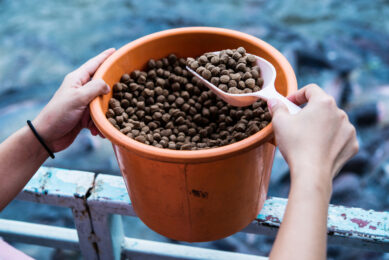EU urged to dismantle legal barriers blocking feed circularity
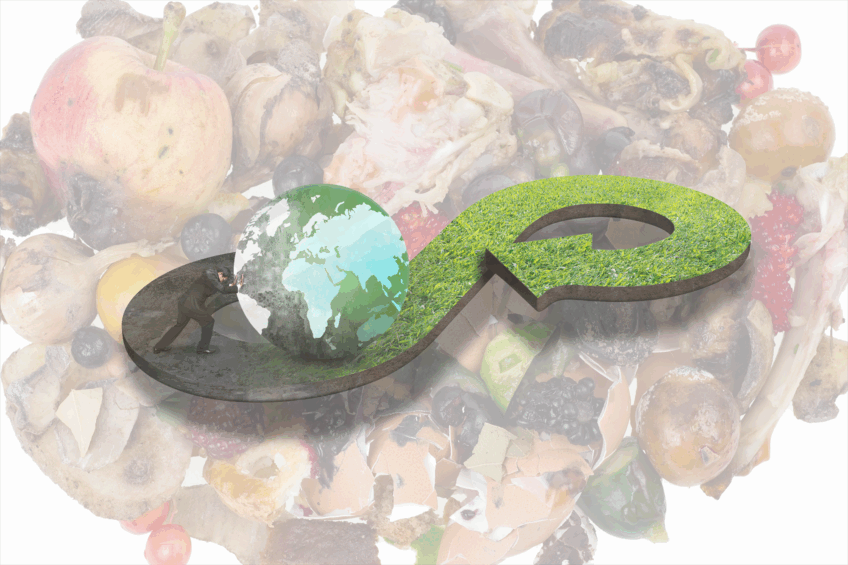
A group of 8 industry associations and stakeholder organisations has been working together to develop a catalogue of actions to improve feed circularity.
Frustration with current regulations
It comes at a time when organisations are becoming increasingly frustrated at the regulatory obstacles currently in place preventing feed circularity.
Catalogue submitted to commission
The Catalogue has been submitted to the European Commission, with a call for consideration of the proposed measures to support an effective Nutrient Circular Economy, contributing to food sovereignty and competitiveness.
17 legal barriers highlighted
The recommendations are illustrated by 17 existing regulatory restrictions on feed circularity, mainly related to animal by-products (ABP) and transmissible spongiform encephalopathies (TSE) legislation.
Potential of catalogue measures
This catalogue of measures has the potential to increase the use of different secondary nutrient streams in animal feed.
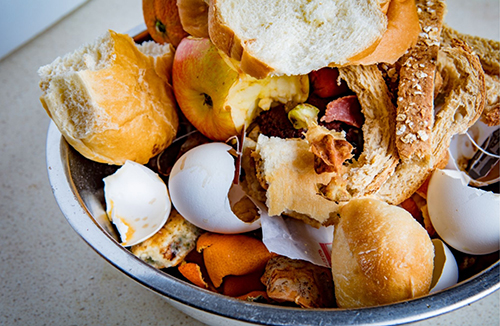
Environmental and safety benefits
These measures, the groups say, would reduce competition for land use with food production, reduce imports of feed materials and reduce livestock system net greenhouse gas emissions, whilst maintaining safety, traceability and farmer and consumer confidence.
Support for circular economy
This would support an effective Nutrient Circular Economy, so contributing to food sovereignty, competitiveness and farm system resilience.
Call for EU roadmap
This catalogue of measures could be the basis for the development of an EU Feed Circularity Roadmap and should be considered in the EU Critical Raw Materials Act, in upcoming reviews of the Animal By-Products, Animal Feed Regulations and other EU policies, they claim.
9 principles for policy
They have put together 9 general principles for a legal framework supporting feed circularity:
- Feed & Food Safety must remain the overarching principle and the backbone of any circular feed policy. Safety must be backed up where appropriate by traceability and responsibility
- Science must be the basis for any prohibition of access to a feed resource.
- Coherence should be ensured between the different legal acts and policies and be based on the Waste Hierarchy and the Food & Waste Use Hierarchy.
- Coherence should be secured between the General Food Law, waste legislation, ABP regulation and other sectorial legislations (including end-of-waste status, supervision by authorities)
- Accelerate, harmonise and clarify conditions for delivery of “End-of-Waste” status.
- Discrepancies among Member States in the enforcement of the EU legislation should be minimised via EU guidance and administrative burden for operators to comply with EU feed legislation should be simplified without compromising feed safety.
- A methodology should be developed to measure feed circularity and allow operators to evaluate their practices.
- Existing food/feed and ABP legislation and other relevant legislation should be checked for its contribution to circularity and any impact assessment of new legal initiatives should include circularity as a key evaluation criterion.
- Easily actionable contingency provisions should be foreseen on the ground of food/feed security.
Case studies of legal barriers
The paper includes 17 case studies of existing legal restrictions to feed circularity covering the following areas:
- Use of catering waste for feeding intermediate organisms
- Use of meat & fish containing former foodstuffs for feeding insects
- Authorisation of intra-species re-use of animal proteins in feed
- Use of ruminant PAP in non-ruminant feed
- Cat 2 MBM (method 1) for export as feed to third countries
- Use of former foodstuffs containing ruminant gelatine in feed for ruminants
- Use of fishmeal in feed intended to ruminants
- Inclusion of processed proteins derived from edible gelatine, collagen and animal fat production under the definition of PAP
- Operational thresholds for controls of compliance with “feed ban” provisions
- Maintaining Category 3 status for ABP containing technically removable foreign bodies
- Expand the definition of fish meal and fish oil
- Use in feeds of purified mineral nutrients from incineration ashes
- Use of dicalcium phosphate from bones in ruminant feed
- Biomass grown in or fertilised by wastes
- Risk-based management of contaminants overload
- Maintaining Footnote 1 of Regulation (EC) No 396/2005
- Use of microbial biomass from genetically modified micro-organisms



